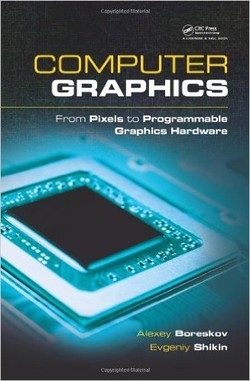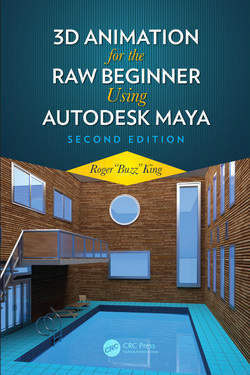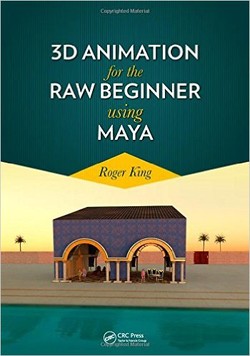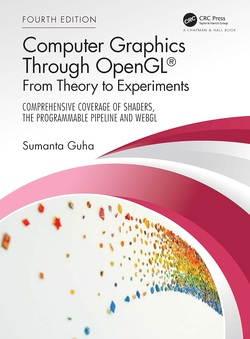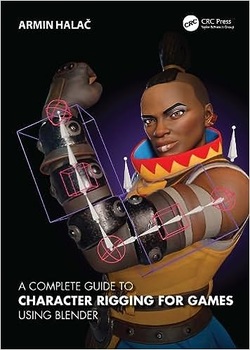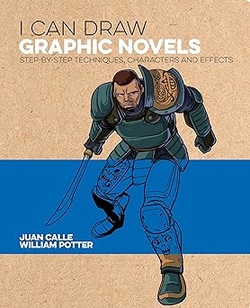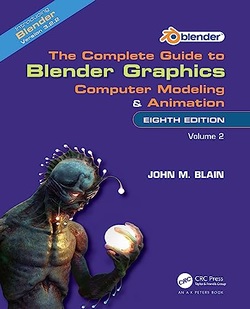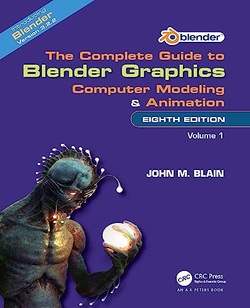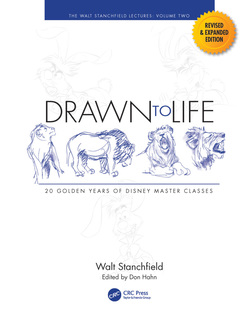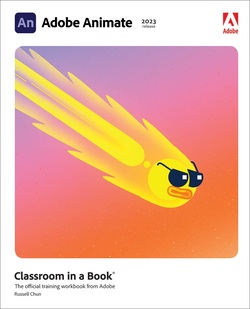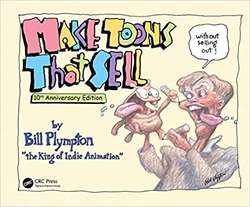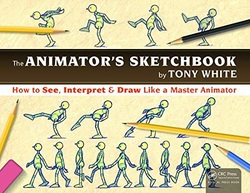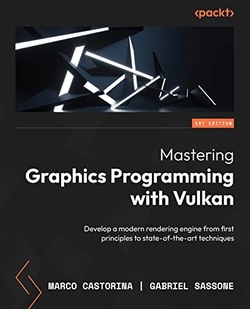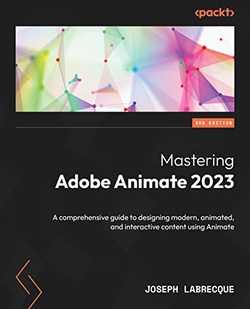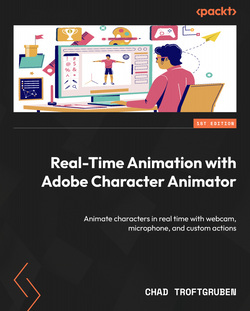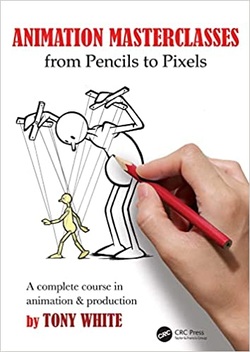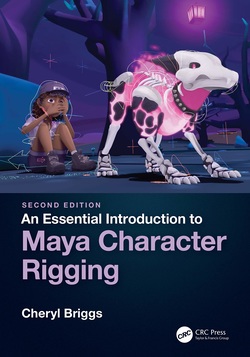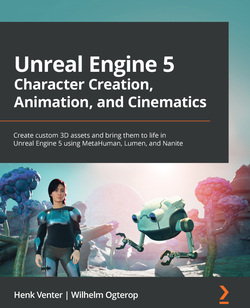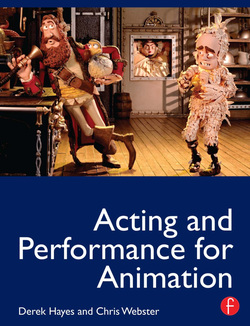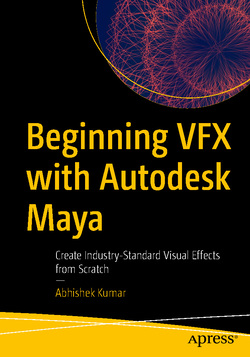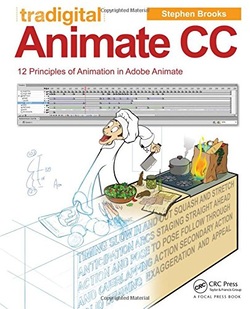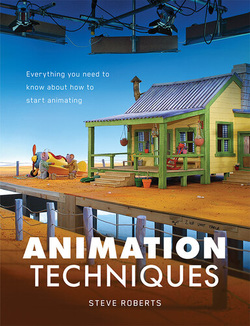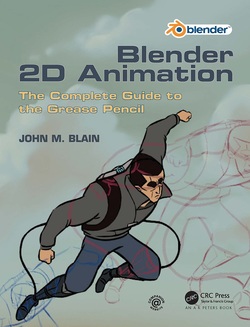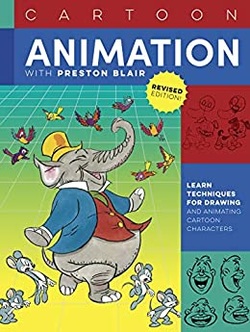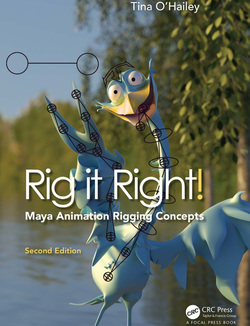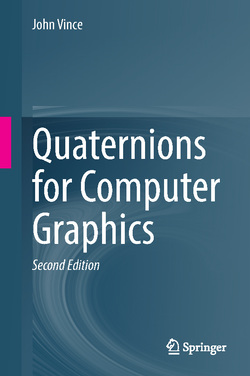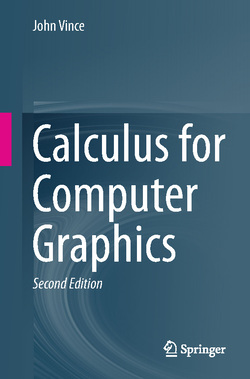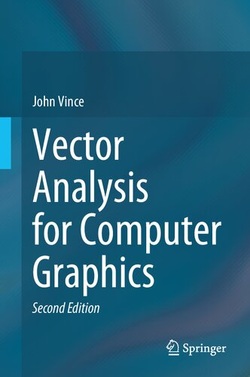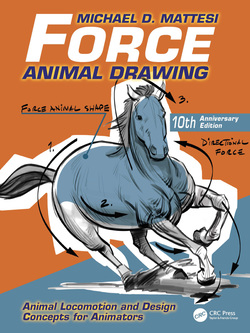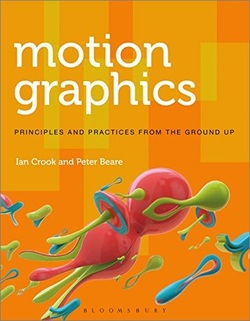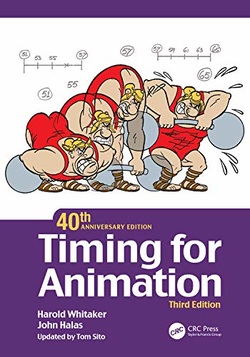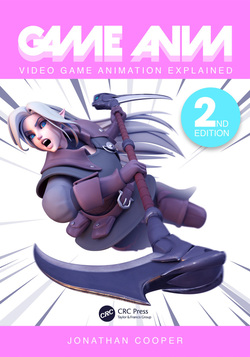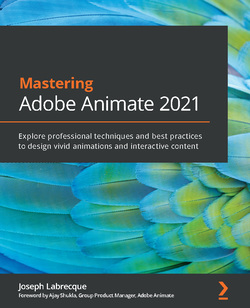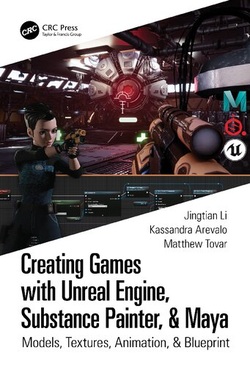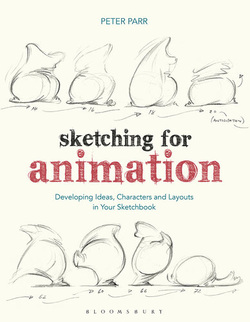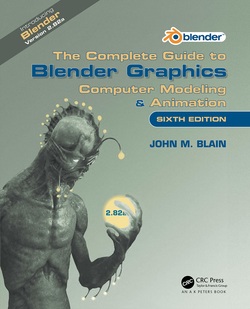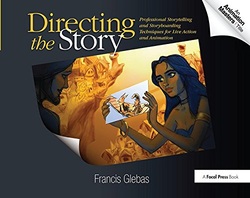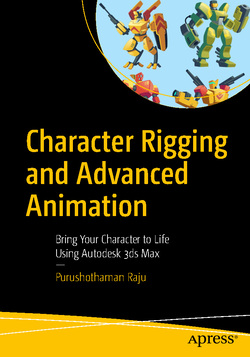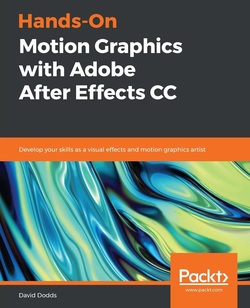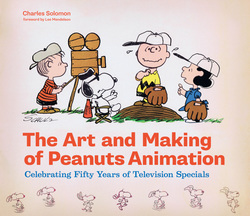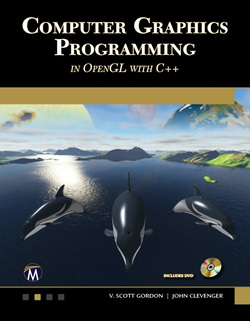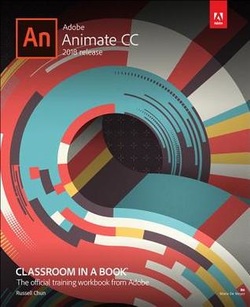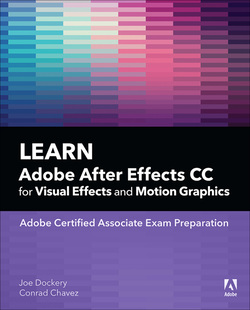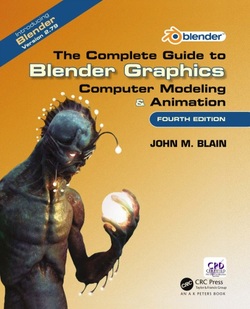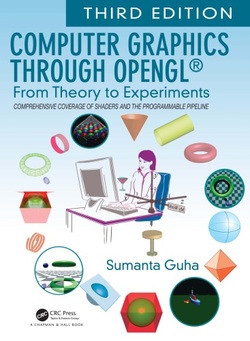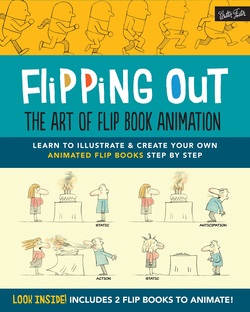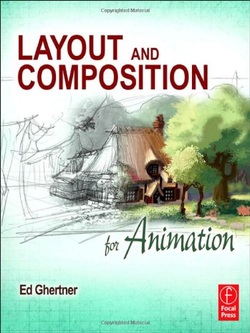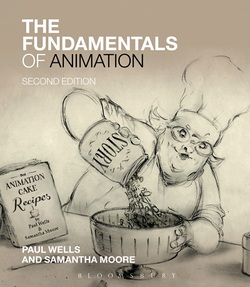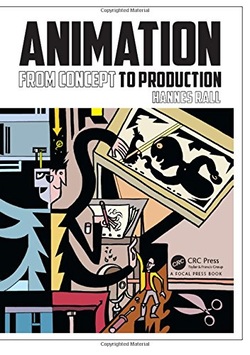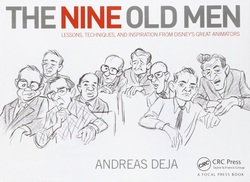این کتاب تمام زمینههای عمده گرافیک کامپیوتری مدرن را، با شروع از ریاضیات پایه و الگوریتمها و نتیجهگیری با OpenGL و گرافیکهای کاربردی بررسی میکند و برای دانشجویان پایهای قوی نسبت به گرافیکهایی با کارایی بالای امروزی فراهم میکند.
“گرافیک کامپیوتری” شامل پیشزمینه ریاضی در مورد بردارها، ماتریسها، منحنیها، رویهها و غیره میباشد و الگوریتمهای هندسی دوبعدی و سهبعدی برای ساختارهای دادههای فضایی را با استفاده از مجموعه دادههای بزرگ ارائه میدهد. اگرچه این کتاب بر پایه OpenGL 3.3 است، مطالبی در رابطه با OpenGL 4.0 را نیز ارائه میدهد. دارای یک نمای کلی از OpenGL ES 2.0 میباشد و WebGL جدید را شرح میدهد که دانشجویان را قادر میسازد تا از OpenGL با افکتهای مربوط به سایهزنها (shader) بهطور مستقیم در مرورگر خود استفاده کنند. علاوهبراین، نویسندگان انواع جلوههای ویژه ازجمله مدلسازی رویهای و بافت، فراکتال و رندر غیرواقعی را توصیف میکنند. آنها همچنین اصول زبان غالب (OpenGL) و پلتفرم (CUDA) از GPGPUها را نیز توضیح میدهند.
این متن تنها نیاز به دانش پایهای از هندسه تحلیلی، جبر خطی و ++C دارد و دانشجویان را از طریق خط لوله OpenGL راهنمایی میکند.
“گرافیک کامپیوتری” شامل پیشزمینه ریاضی در مورد بردارها، ماتریسها، منحنیها، رویهها و غیره میباشد و الگوریتمهای هندسی دوبعدی و سهبعدی برای ساختارهای دادههای فضایی را با استفاده از مجموعه دادههای بزرگ ارائه میدهد. اگرچه این کتاب بر پایه OpenGL 3.3 است، مطالبی در رابطه با OpenGL 4.0 را نیز ارائه میدهد. دارای یک نمای کلی از OpenGL ES 2.0 میباشد و WebGL جدید را شرح میدهد که دانشجویان را قادر میسازد تا از OpenGL با افکتهای مربوط به سایهزنها (shader) بهطور مستقیم در مرورگر خود استفاده کنند. علاوهبراین، نویسندگان انواع جلوههای ویژه ازجمله مدلسازی رویهای و بافت، فراکتال و رندر غیرواقعی را توصیف میکنند. آنها همچنین اصول زبان غالب (OpenGL) و پلتفرم (CUDA) از GPGPUها را نیز توضیح میدهند.
این متن تنها نیاز به دانش پایهای از هندسه تحلیلی، جبر خطی و ++C دارد و دانشجویان را از طریق خط لوله OpenGL راهنمایی میکند.
سال انتشار: 2013 | تعداد صفحات: 564 | حجم فایل: 3.87 مگابایت | زبان: انگلیسی
Computer Graphics: From Pixels to Programmable Graphics Hardware (Chapman & Hall/CRC Computer Graphics, Geometric Modeling, and Animation Series)
نویسنده:
Alexey Boreskov, Evgeniy Shikin
ناشر:
Chapman and Hall
ISBN10:
1439867305
ISBN13:
9781439867303
